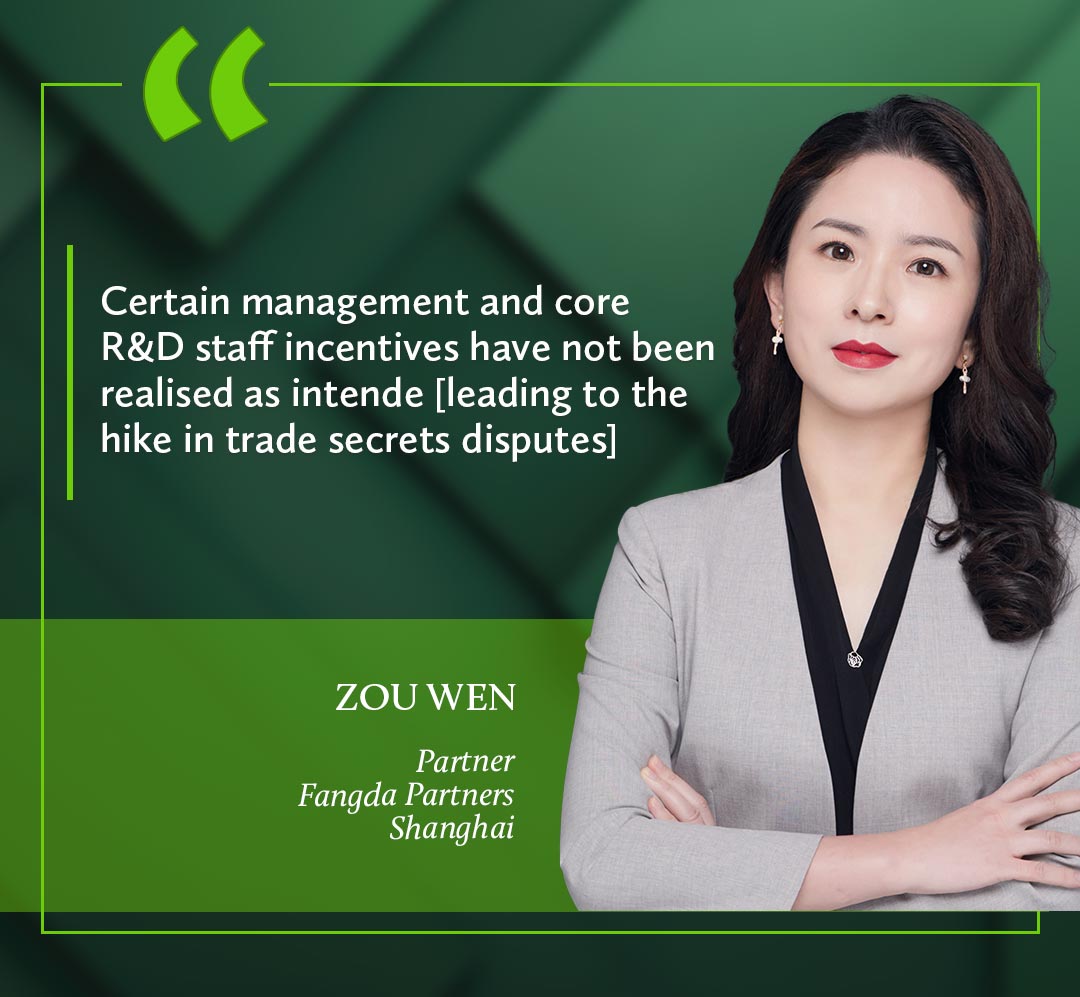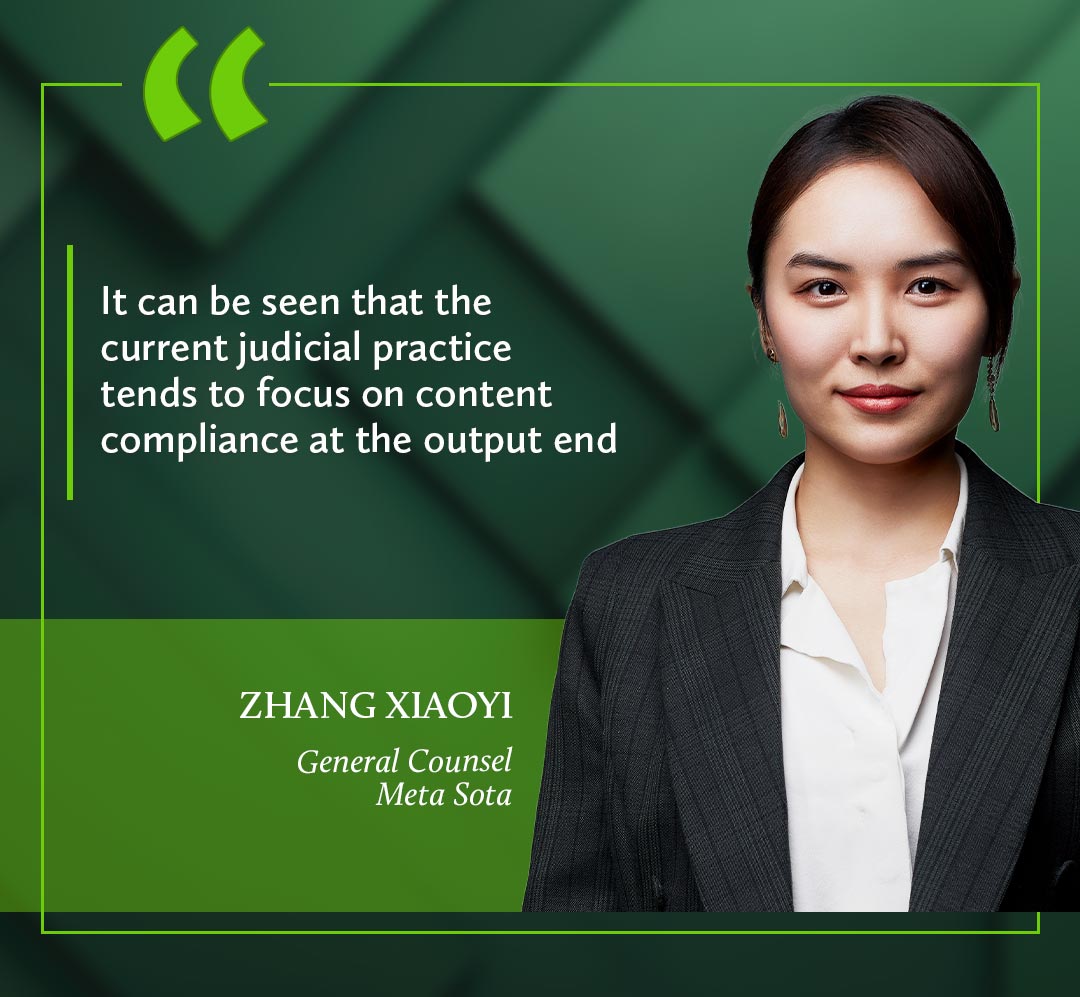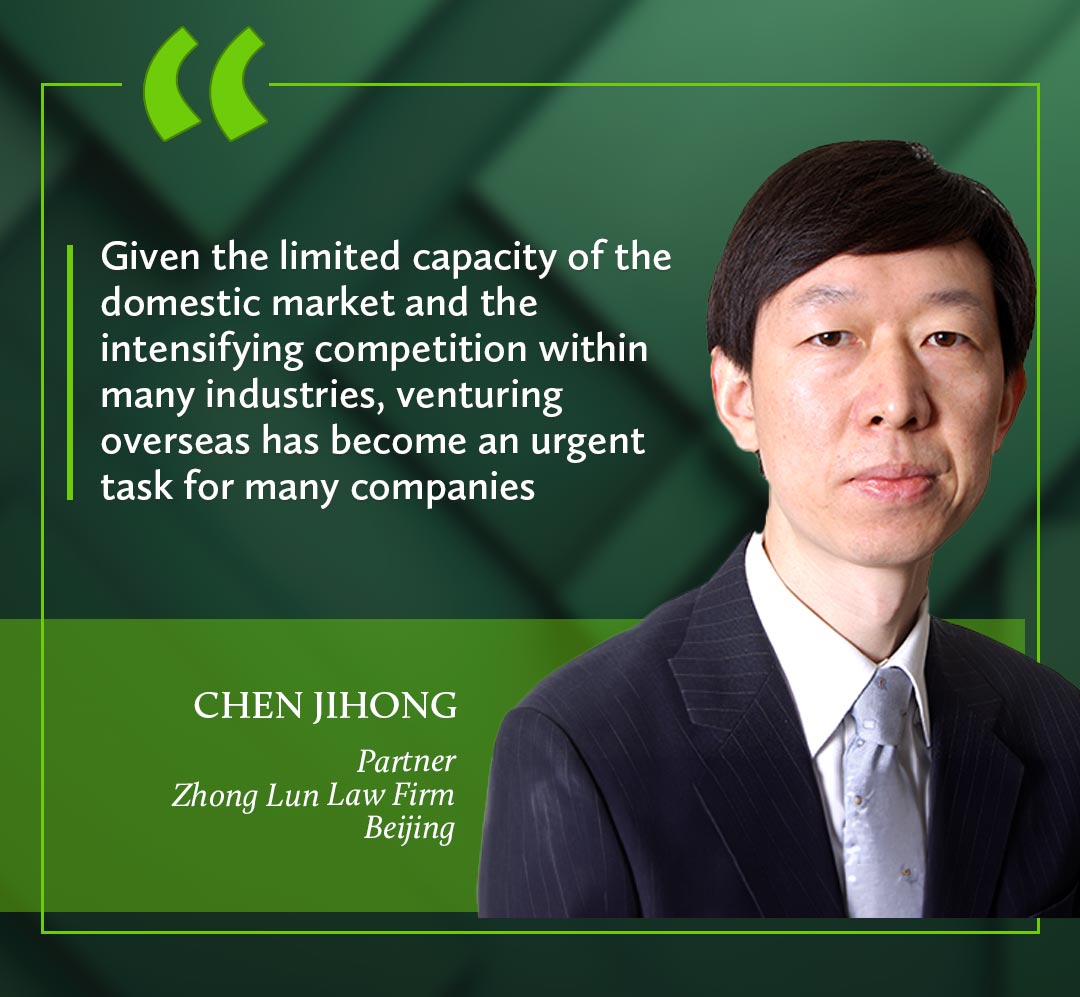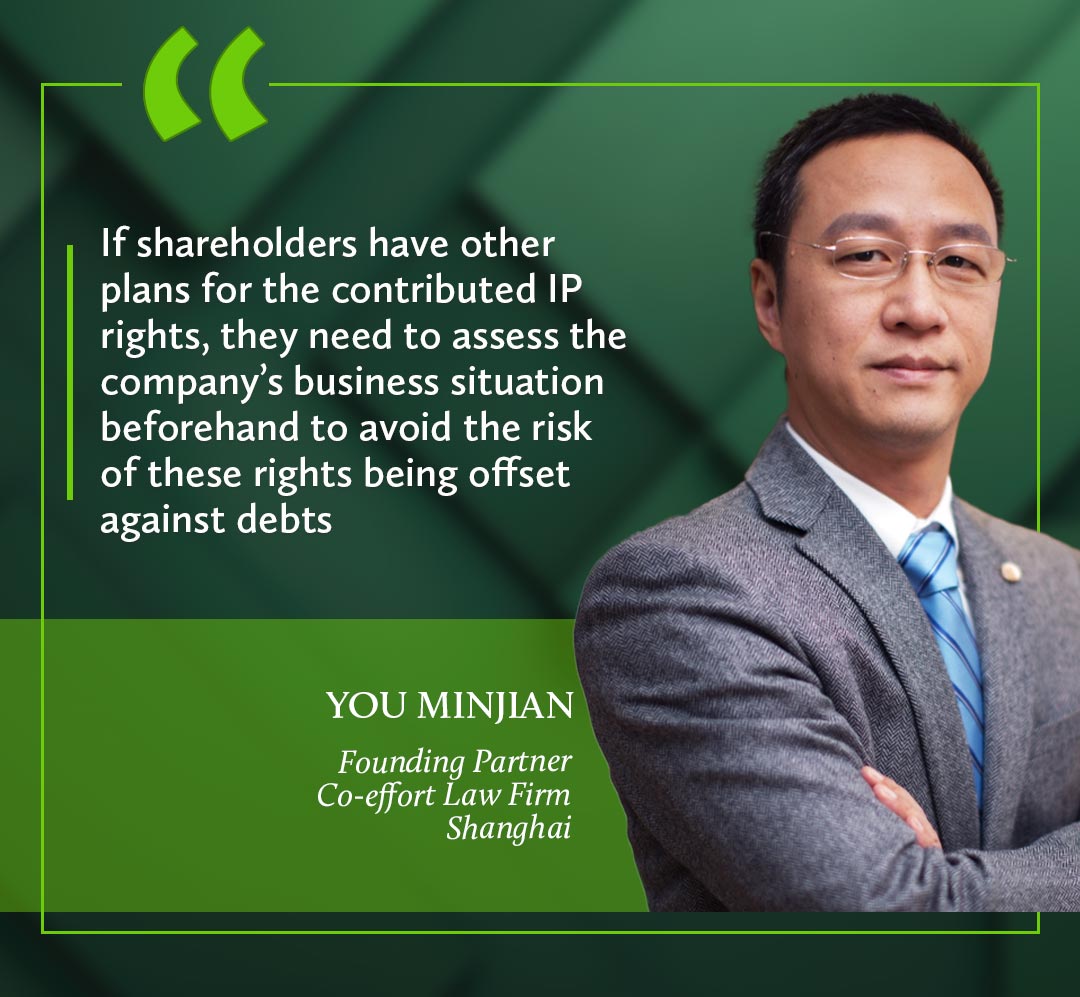The interplay of geopolitics, tech advancement, and evolving regulation has created a landscape of immense opportunities and formidable challenges in the realm of IP. How should Chinese and foreign companies navigate this tricky terrain? Luna Jin reports
Soft domestic demand and growing tech capabilities are propelling Chinese companies to venture outward, expanding their businesses oversea on paths often fraught with challenges including fierce competition with local brands, trade remedy investigations and unfamiliar regional rules.
These challenges are driving Chinese companies to match their IP game with their outbound ambitions.
Foreign firms operating in China, on the other hand, can find themselves in the limelight due to international politics. In recent moves, German Chancellor Olaf Scholz during his China visit highlighted the protection of Germann firms’ IP as a key concern, while the Office of US Trade Representatives issued its annual Special 301 Report that once again includes China on its priority country watchlist.
This designation signifies that China is among the countries to present the most significant concerns this year regarding insufficient IP protection or enforcement actions that impede market access for persons replying on IP protection.
Practitioners and general counsel that China Business Law Journal has interviewed, however, experience in general a positive overview in terms of the level of domestic IP protection, citing exemplary cases and high penalties in judicial practice.
Political wrangling aside, the extensive use of artificial intelligence generated content (AIGC) technology, and its associated compliance issues, have captured the attention of businesses across sectors both domestic and foreign. Companies have been closely monitoring court rulings and market trends, seeking signs of regulatory direction to ensure they embrace a technology that holds the potential to significantly enhance their competitiveness while remaining compliant with the law.
When it comes to domestic regulatory oversight, recent updates in key legislative areas including IP, and other factors like the revised Implementing Regulations of the Patent Law and the new Company Law, introduce a range of new benefits along with certain aspects that require further clarification.
These diverse external factors have manifested themselves in distinct ways, capable of not only altering companies’ IP action plans but also ultimately reshaping their entire business blueprint.
Among the advice in assessing IP strategies, agility and proactiveness stand out as the consensus from IP experts. At the end of the day, as the old saying goes: what truly matters is not the colour of the cat, but its ability to catch mice.
Ups and downs
Companies are receiving mixed signals of both positive and negative trends in practice. With the right tactics in place, they can take advantage.
On a positive note, Li Jingjue, legal director at Huayi Brothers Media, says: “The judicial trend in film and television copyright infringement in recent years has been favourable towards the rights holders.” Huayi Brothers is a leading film and television producer in China.
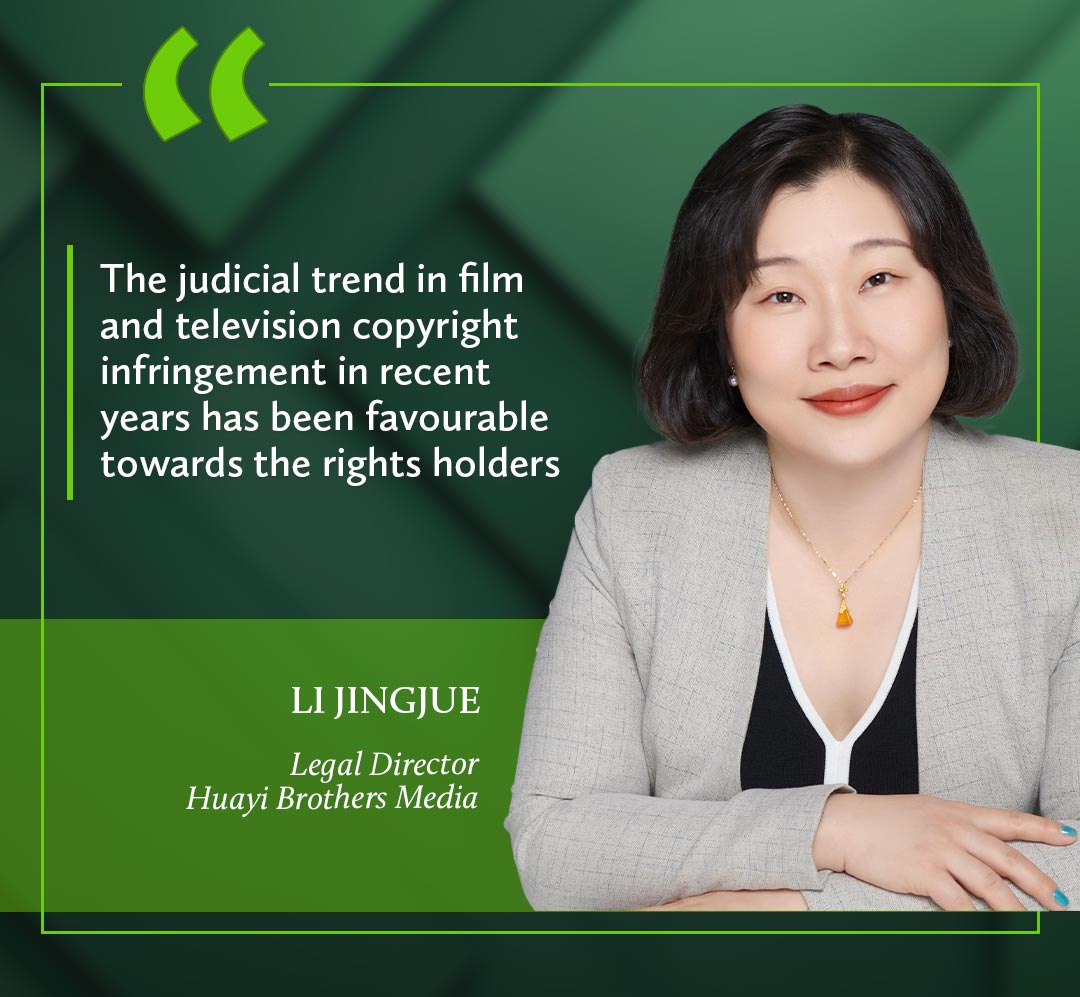
“The ‘fair use’ basis has been activated and applied in the adjudication of infringement disputes over well-known films, and the rules of citing fair use have been gradually improved in judicial challenge practices,” says Li.
Against the backdrop of an economic downturn, the same old tale of maliciously initiated IP litigations “have been visibly on the rise”, according to Wu Li, a partner at the Beijing offices of Lifang & Partners.
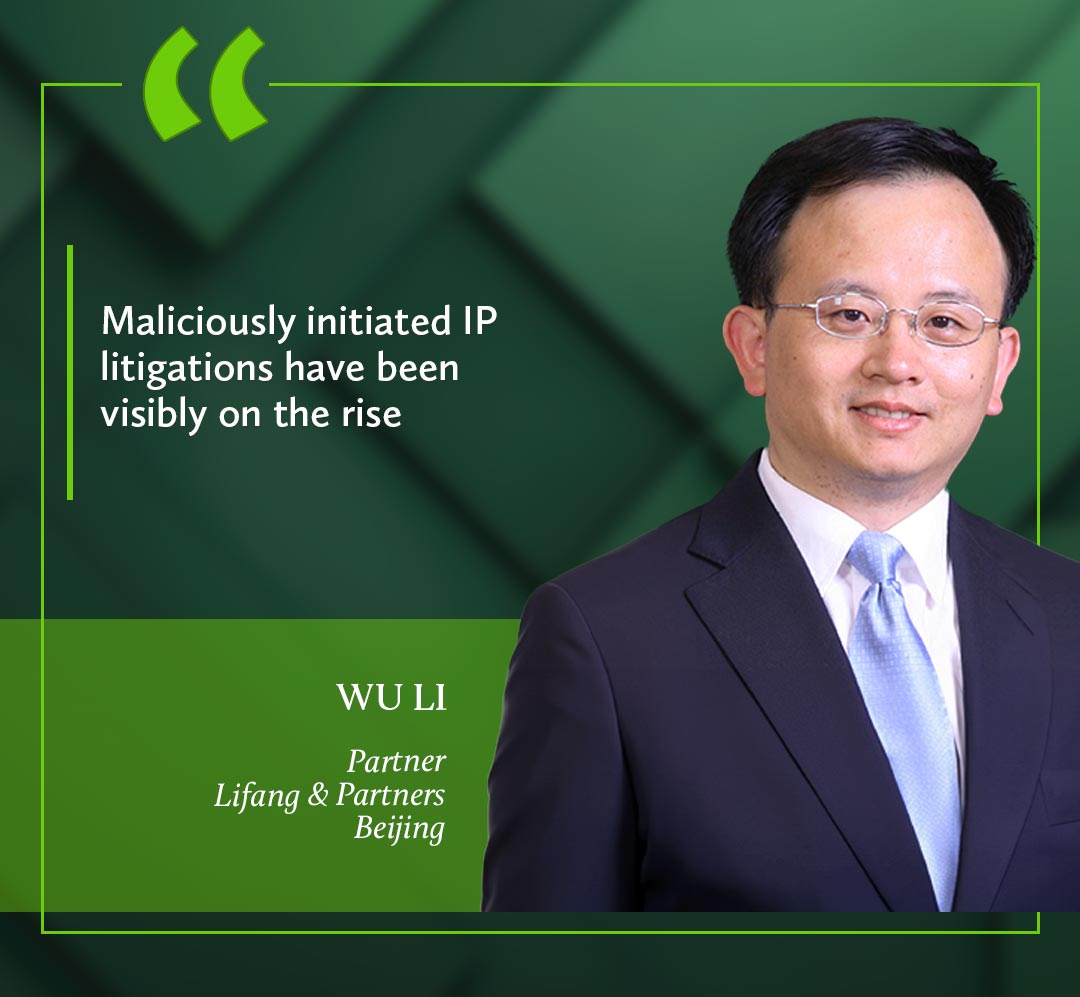
Wu has successfully represented them in several such cases by adopting various litigation strategies including focusing on challenging the validity of the patents on which the other party is suing, and filing corresponding defamation of goodwill suits or countersuits.
The other recurring issue, according to Landy Jiang, the managing partner of Lusheng Law Firm in Beijing, is that “copying and counterfeiting of product designs – knock-offs – continue to be a frequent concern for companies”.
Another outcome of a down market is the increased occurrence of trade secrets disputes between employees and employers.
Devan Shao, a partner at the Shanghai office of Fangda Partners, says that many companies opt to “reduce staff and increase efficiency”, which is often accompanied by a large number of people leaving the company. “Many personnel had access to and were in possession of trade secrets that held high value for the company.”
Shao suggests that the protection of trade secrets “should be preventive and gradual, and a mechanism and system for the protection of trade secrets should be established in a forward-looking manner”.
Zou Wen, a Shanghai-based partner at Fangda, sees an increase in similar trade secret infringements. However, she attributes this rise to “policy adjustments in the A-share market” that have resulted in slower IPO processes.
“Consequently, certain management and core R&D staff incentives have not been realised as intended,” says Zou.
In trade secrets infringement cases, the application of innovative and tailored dispute strategies can make all the difference. Zou recounts a recent trade secret infringement case where an employee of a foreign company in China was involved. Her team employed a parallel litigation strategy, leveraging the discovery process in Hong Kong to gather additional evidence. This evidence was then used to protect the client’s rights in both criminal and civil actions within China.
In another trade secret infringement case, Zou’s team initially filed a successful case based on the offence of counterfeiting a registered trademark. Subsequently, they facilitated the filing and investigation of the offence of trade secrets infringement, using the evidence collected by the public security authorities at the scene of the crime.
A specific tech sector phenomena due to the downturn is the increased unfair competition on business models among players. Shao says companies are beginning to contemplate ways to displace other business operators who employ similar business models. “Therefore, we are witnessing a surge in cases of unfair competition over business models, pitting enterprises from diverse industries against each other, with varying degrees of interconnectedness.”
While representing his tech clients, “we usually bring in economists to give adjudicators a better perspective when dealing with and evaluating such conflicts,” he says.
When things get to the judicial stage, a major issue faced by right holders are difficulties in “calculating compensation and lack of clarity on liability”, according to Huang Hui, a senior partner at the Beijing office of Wanhuida Intellectual Property.
For example, in New Boom v New Balance, by submitting a sizeable amount of evidence in the second-instance proceeding, his firm convinced the Supreme People’s Court to increase the RMB5 million (USD693,500), awarded by the first-instance court to RMB30 million.
If companies happen to be a defendant, how can they prevent IP litigation from affecting business progress? This is a key concern for clients of Yao Guanyang, a Beijing-based partner at Liu Shen & Associates.
Prior to providing opinions to clients, he conducts an analysis of the potential impact of relevant IP risks to a company‘s business operations, so as to determine the most suitable strategy to adopt. “For example, a proactive approach or a restraint approach, and also considering the possibility of settlement, as well as the advantages and disadvantages each presents for the defendant’s business,” he says.
AIGC rising
Companies whose core business revolves around AIGC are encountering compliance challenges in various aspects of the process, particularly in relation to training data on the input side and data generation on the output side, says Zhang Xiaoyi, general counsel at Meta Sota, a legal tech startup that has gained popularity among mass users for its smart search engines.
Taking the input side as an example, one major challenge pertains to whether the use of copyrighted data in training data constitutes infringement. In other words, can the use of relevant data during model training be considered fair use within the current framework of copyright law?
At present, there exists a legislative gap in the copyright laws, and the Interim Measures for the Management of Generative Artificial Intelligence Services only provides general provisions, such as the “use of legally sourced data and basic models”, and the requirements to “not infringe on the IP rights of others in accordance with the law”.
The good news is that there are some initial indications of the judicial attitude towards this issue, says Zhang. She highlights a landmark case before the Guangzhou Internet Court involving a copyright infringement dispute related to an AIGC provider and the famous Ultraman IP.
In her perspective, instead of upholding the plaintiff’s request to “remove the Ultraman material from its training dataset”, the court ruled that the defendant should refrain from generating images that infringed the plaintiff’s copyrights in the case, and emphasised that the burden should not be unduly heavy on this new and burgeoning industry.
“It can be seen that the current judicial practice tends to focus on content compliance at the output end, rather than the input end in IPR regulation. This approach is more conducive to achieving a balance between technological development and IPR protection in the industry in the long run,” says Zhang.
On the output side, the question that remains is whether the content generated by generative AI is worthy of protection and, if so, where the copyright ownership lies.
Chen Jihong, a partner at Zhong Lun Law Firm in Beijing, mentions another groundbreaking decision in China made by the Beijing Internet Court. The court ruled that pictures generated by users using an AI system possess “originality”, reflecting the individual’s original intellectual input. As a result, these pictures should be recognised as works and protected under the Copyright Law.
The case was selected as one of the “Deals of the Year 2023” by China Business Law Journal.
The ruling also determined that the user employed the specific AI model to input parameters and ultimately selected the image, which was directly generated based on the user’s intellectual input. This image reflected the user’s personalised expression, leading to the conclusion that the user holds the copyright for the respective image.
“The judgment in this case has sparked controversy globally and there will be an increase in intellectual property disputes in this area in the future,” predicts Chen.
Given the lack of global consensus in judicial practice, Shao, of Fangda, suggests one possible approach: “We usually advise our clients to document the process of AIGC generation, so that in the event of a future dispute, they can demonstrate their contribution to the creation of the relevant content and their vested interest in it.”
While Li, of Huayi Brothers, looks forward to more use of new technologies in the creation of film and television productions, especially in the development of new forms (micro-tv series, micro-variety shows, etc.) of productions to reduce costs, “whether the vast data resources on which the new technology relies will constitute an infringement of the company’s established IP rights is also a concern for management”.
The issue is still at the research and evaluation stage, she says, and “finding a balance between acquiring the right to use and licensing existing IP rights will be a crucial consideration when it comes to substantive business operations in the future”.
Significant global changes in the tech sphere have given rise to other issues. Li’s in-house team has been grappling with the rapid development of digital asset governance in 2023. They are currently exploring whether the company’s resources – which include a substantial number of movie-viewing users and an extensive library of scripts, stills and video materials – can be classified as digital assets. Additionally, they are examining whether any conflicts exist with the original protection of IP rights, and how to address such challenges.
Another significant but often overlooked tech trend relates to software development. According to You Minjian, a founding partner of Co-effort Law Firm in Shanghai, the shift of open-source software protocols from open source to closed source is posing compliance challenges for developers. This is particularly significant considering that 97% of global software developers and 99% of the world’s businesses currently use open-source software.
You must be a
subscribersubscribersubscribersubscriber
to read this content, please
subscribesubscribesubscribesubscribe
today.
For group subscribers, please click here to access.
Interested in group subscription? Please contact us.







